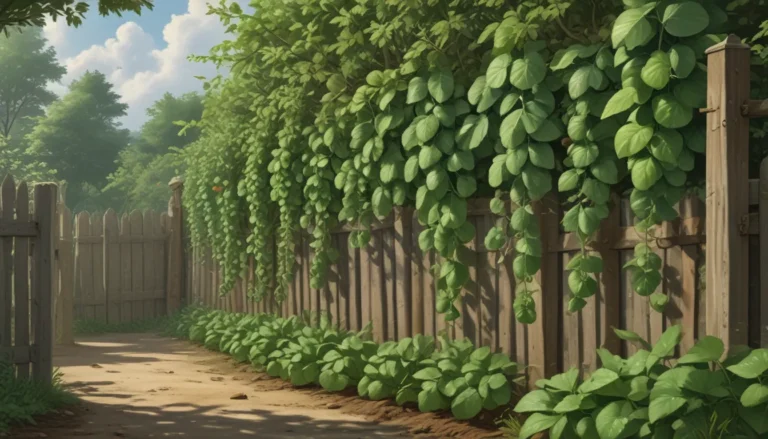Preparing Your Strawberry Plants for Winter

Whether you’re a seasoned gardener or just starting out, growing strawberries can be a rewarding experience. These low-profile, fruit-bearing perennials are perfect for cultivating in USDA Hardiness Zones 3 to 10. However, in regions with freezing winters, strawberry plants can be challenging to maintain. Many gardeners treat them as annuals, only to discard them at the end of each season.
If you want to enjoy sweet and tasty strawberries year after year, selecting the hardiest cultivars and providing some pre-winter care is essential. In our comprehensive guide to growing strawberries, we cover everything you need to know to plant, care for, and harvest these delicious berries. In this article, we will focus on a few easy steps to winterize your strawberry plants so they return with vigor each spring.
Why Winterize?
It’s crucial to prepare your strawberry plants for winter if you live in a region where the ground freezes. The freezing temperatures can damage the crown of the plant, which may lead to fatal consequences. Winterizing your plants is essential for four main reasons:
- Protection of Spring Buds: Winterizing helps avoid damage to next spring’s buds.
- Root Protection: Minimizes root damage from temperature fluctuations caused by freezing and thawing.
- Prevents Heaving: Inhibits spontaneous uprooting caused by soil shifts during freezing and thawing.
- Retains Moisture: Keeps crowns from drying out by retaining essential moisture.
With a bit of preparation, you can protect your plants from the harsh winter conditions and ensure a healthy return in spring. Even container-grown plants can be prepared using the same techniques and stored in a basement, shed, or garage for the winter.
Four Easy Steps to Winterize Your Strawberry Plants
Prepare for winter in four simple steps:
1. Renovate Your Plants
There are three main types of strawberry plants: June-Bearing, Everbearing, and Day-Neutral varieties. After harvesting, it’s crucial to renovate your plants to help them survive the winter.
- June-Bearing: Prune foliage to a height of one to two inches above the crown. Thin plants to rows eight to 12 inches wide, with two to three feet between them. Remove runners and weeds.
- Everbearing and Day-Neutral: Remove damaged, diseased, and pest-infested leaves. Thinning plants to five per square foot, or four to six inches apart. Remove runners and weeds.
2. Fertilize
Apply a balanced 10-10-10 (NPK) fertilizer at a rate of five pounds per 100 feet of row or one pound per 25 plants at least one month before the first frost. Avoid direct contact with foliage, and water in well.
3. Water
Continue watering your plants until the first frost, providing one inch of water per week in the absence of rain. Container-grown plants will require minimal water in a cold shed or garage.
4. Apply Mulch
Mulching is the final step in winter preparation for your strawberry plants. Mulch provides insulation and aids in moisture retention, especially in regions with minimal snow cover. Here are some tips for mulching:
- Timing: Apply mulch between late November and early December after the first frost.
- Material: Use loose mulching materials like straw or pine needles to promote air circulation and drainage.
- Application: Cover plants completely with three to five inches of mulch in the garden, and six to eight inches in raised beds. Avoid matted materials like leaves and grass.
Berry On
Winterizing your strawberry plants doesn’t have to be complicated. By following the four simple steps outlined above, you can ensure your plants survive the winter and return with vigor in spring. Remember to remove the mulch in early spring when green shoots appear and enjoy your fresh strawberries.
If you’ve successfully overwintered your strawberry plants, share your tips in the comments below. And for more information on growing strawberries, check out our guides on the best strawberry varieties for home gardeners and how to control gray mold on strawberries.
We hope that winterizing your strawberry plants becomes a routine part of your gardening routine. Enjoy the process, weather the cold months with confidence, and keep on berrying!





